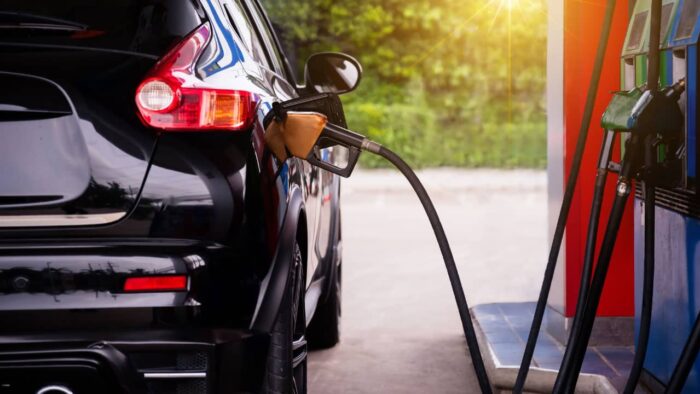When it comes to buying gas, most car drivers worry about how they can save some money. They already have to worry about the usual monthly car payments, car servicing, maintenance, and repairs. The US retail gas price is at a current level of $3.502, according to Ycharts, and this has left car owners wondering how to get gas at cheaper rates. This article explains how to save money on fuel and spend less on gas.
How To Save Money on Fuel?
Fuel prices are volatile, and drafting a separate budget for gas can be challenging. To save some money on fuel, you may need to follow these tips.
- Plan your trips.
- Maintain your vehicle.
- Use a fuel price comparison app to track fuel prices.
- Drive at a steady pace.
- Avoid idling.
- Combine trips.
- Limit your air conditioning and heater usage.
- Use public transportation.
- Use a fuel-efficient vehicle.
- Use a fuel card or loyalty program.
- Don’t buy premium fuel.
- Remove unnecessary weight from the vehicle.
- Don’t drive in heavy traffic or bad weather.
1. Plan your trips
If you are actively seeking to cut costs and save money on fuel, then one of the best steps you can take is to plan your trips. Simply put, choose the routes that will take you to your destination in the shortest amount of time. There should be no room for detours or distractions along the way, if at all possible. Navigation tools like Google Maps come in handy for easily identifying the shortest routes to follow that would cut down on fuel consumption.
2. Maintain your vehicle
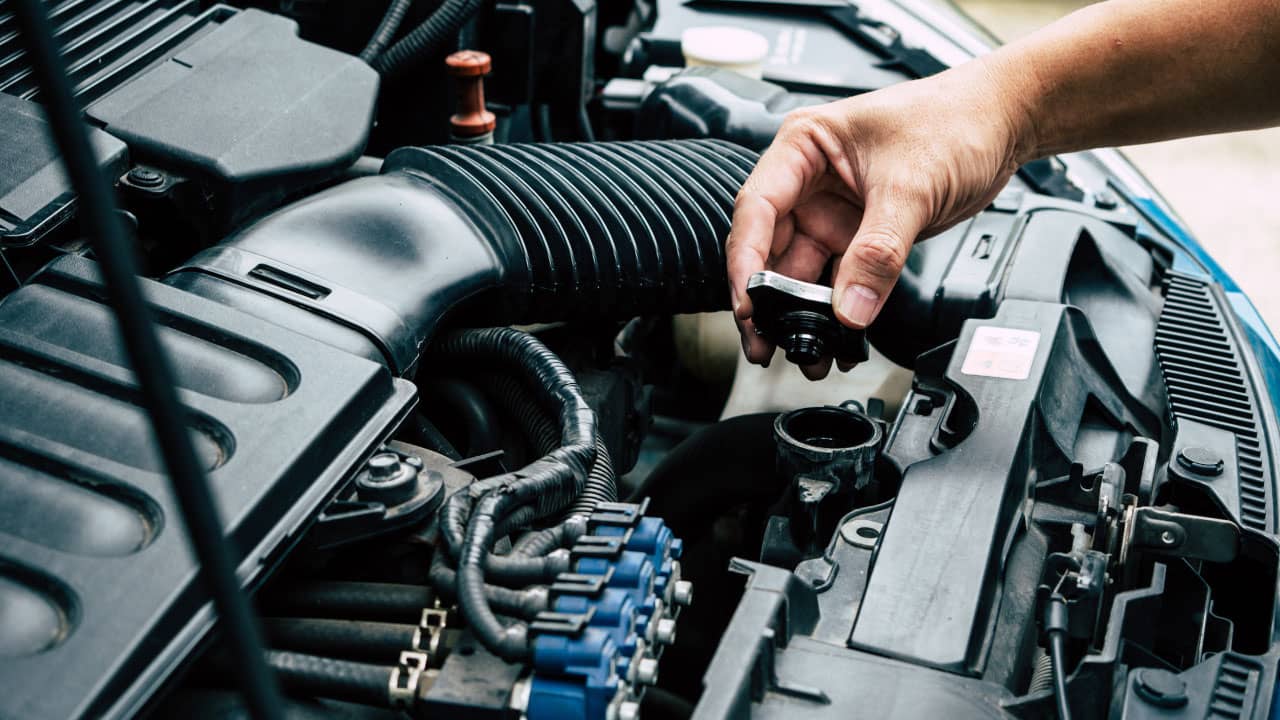
Regular vehicle maintenance doesn’t just save on repair costs; it also saves on fuel costs in the long run. Keep your vehicle in good condition by regularly checking the fluid levels (oil, coolant, and so on), changing your filters as often as necessary to remove dirt and sediments clogging the filter, and paying attention to warning lights, especially the engine light, as soon as they go off. Regularly inspect your brakes and make sure that the car battery is functioning properly. While carrying out maintenance, be sure to have a look at your tires. Well-inflated tires can improve a vehicle’s mileage by up to 0.6% on average.
Overall, a well-maintained vehicle would have higher fuel efficiency and reduce fuel consumption, allowing a car owner to save money at the gas pump.
3. Use a fuel price comparison app to track fuel prices
If you are in the US or Canada and you are looking for ways to get gas at cheaper rates, then you may want to consider using fuel price comparison apps. These applications scout the area with your location and provide the cheapest fuel stations closest to you and their respective prices. With these apps, you can find the best fuel deals in the area.
One of the most recommended fuel price comparison apps to help car drivers save money at gas pumps is GasBuddy. It provides real-time information about the cheapest fuel prices and maximizes fuel savings.
4. Drive at a steady pace
Another, not so obvious, way to save money on fuel would be to drive at a steady pace. Aggressive driving, such as rapid acceleration and hard braking, causes the vehicle to increase fuel consumption. According to Drive Different, each act of aggressive driving, hard braking, or rapid acceleration increases fuel consumption by half a gallon.
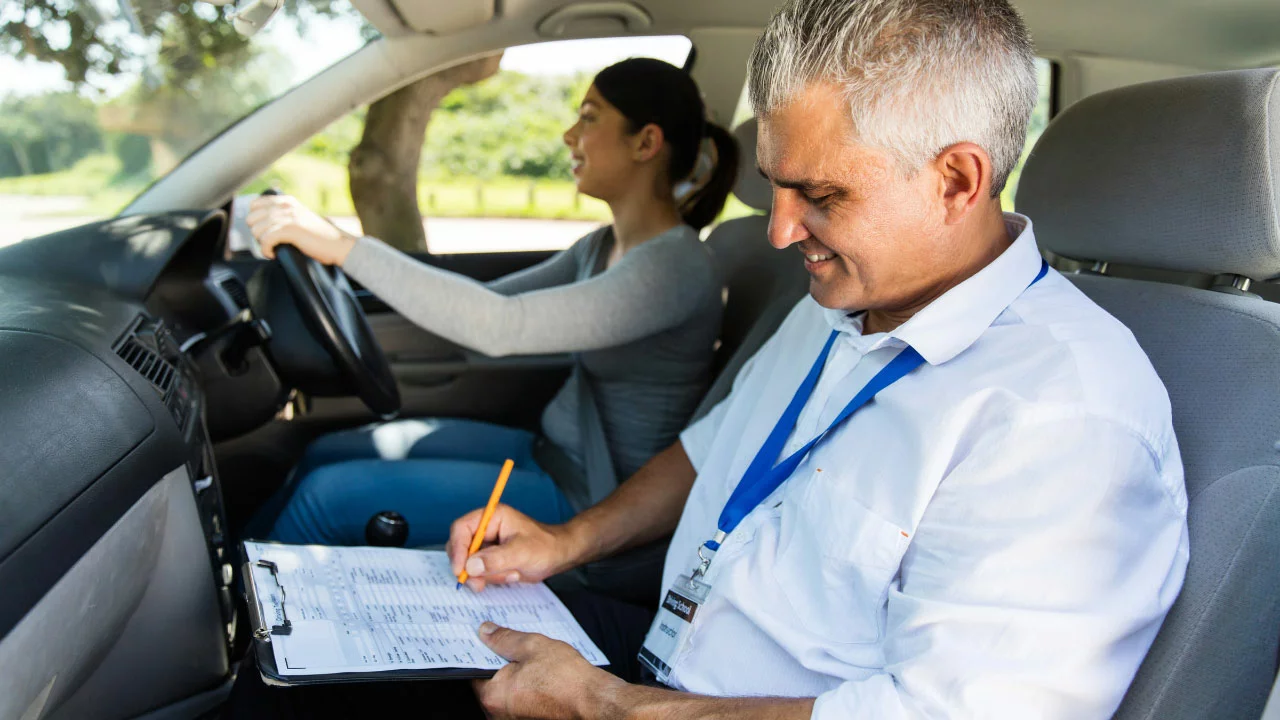
Maintain a steady pace while driving and frown at aggressive driving. If you have difficulties maintaining a steady pace while driving, then you could install some driving apps that give drivers feedback on the road as they drive. This could also save you some police markers and tickets.
READ ALSO: How to Buy a Used Car in North Carolina | Detailed Guide
5. Avoid idling
Idling your vehicle excessively wastes fuel. If you are engaged in a discussion, waiting for someone, or doing something, park your vehicle and stop wasting gas. Idling can use up to a quarter to a half gallon of fuel, and it is not at all recommended.
If you have to wait for anyone or anything, don’t keep the vehicle idle. Turn off the vehicle and wait. It costs less and gives you an opportunity to cut down fuel consumption and save money on gas.
6. Combine trips
Combining trips is one of the simplest yet most efficient ways to save money on gasoline. If you are planning on running a couple of errands, combine them and do it all at once. It’s pointless to leave the garage five times a day to run errands.
Write a checklist of what needs to be done and see if you can go around it in one trip. This saves gas and effectively saves money on fuel.
7. Limit your air conditioner and heater usage
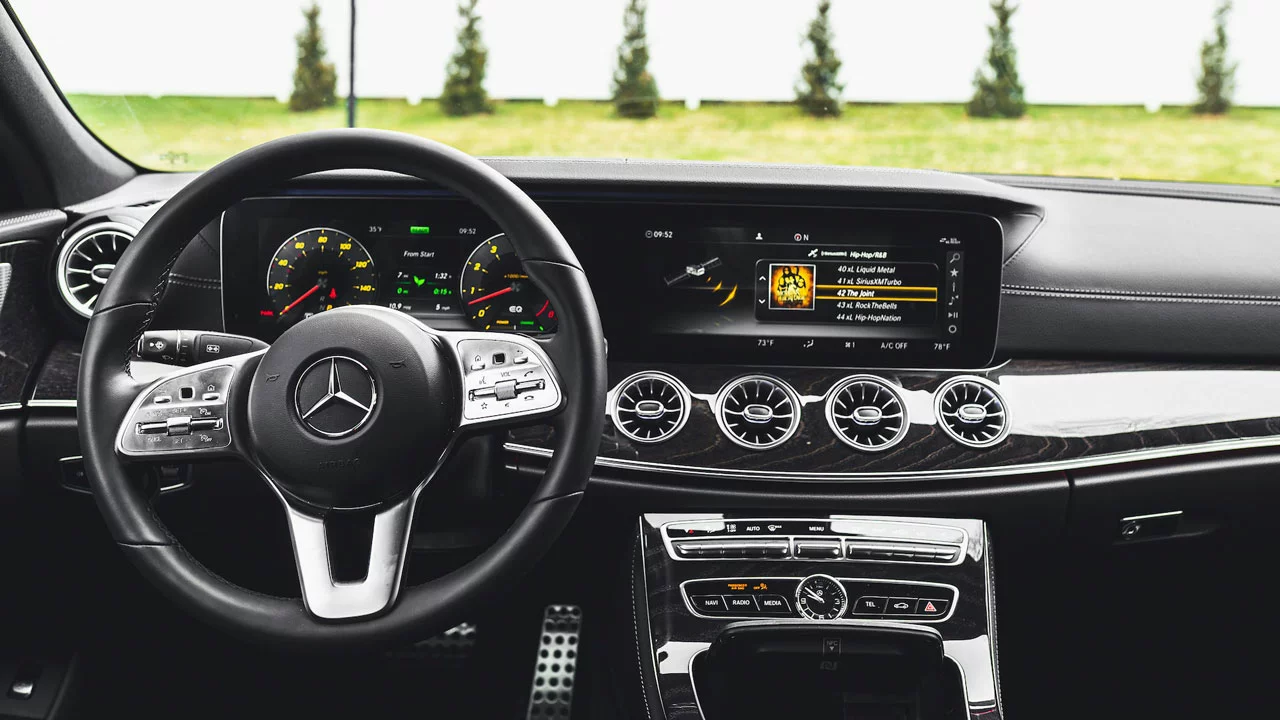
Using the AC and heater is not a bad idea whenever necessary, but it is recommended that whenever these units are not required, they should be turned off. Here’s why the air conditioning (AC) unit increases fuel consumption by 10–20%. Regular usage of these units puts more load on the engine and increases fuel consumption, thereby leading to higher expenses.
8. Use public transportation
If you live in an area with really good public transportation and good infrastructure, then you should consider using public transportation once in a while. Public transportation such as buses, trains, or cabs is a cheaper way to move from one place to another. You get to save on fuel, save on maintenance costs, and even reduce your carbon footprint.
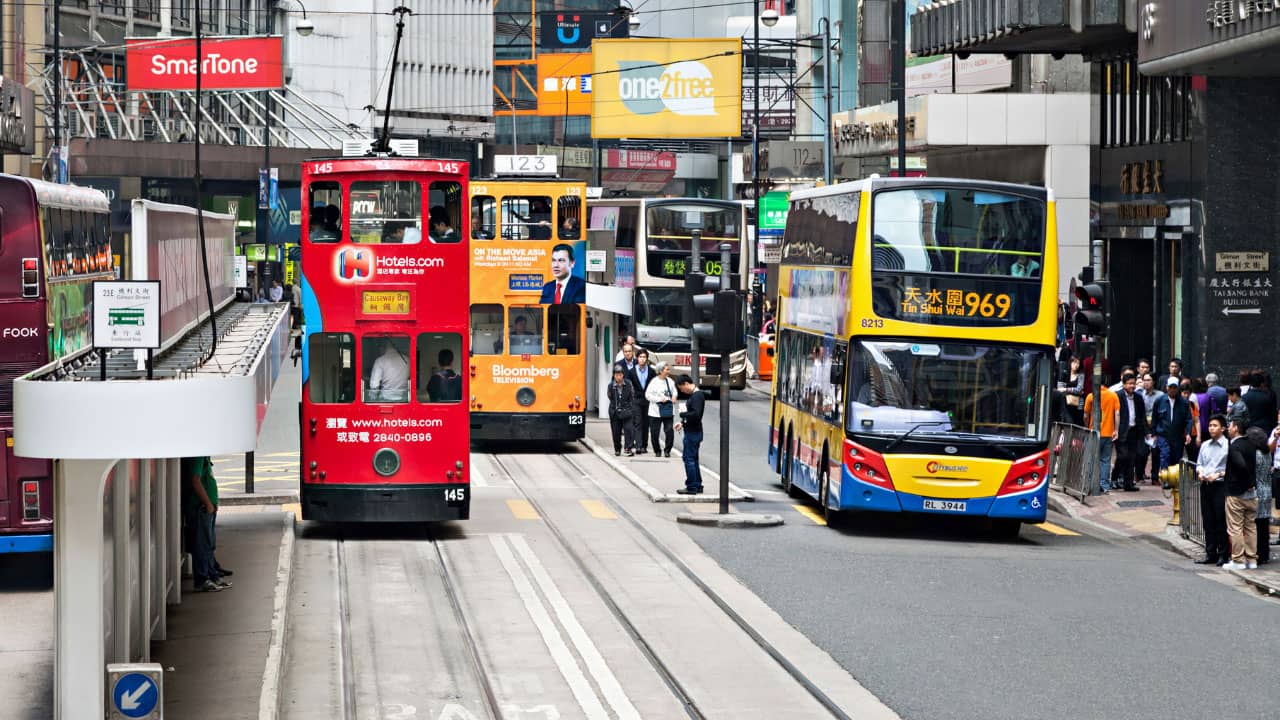
Compared to fuel costs, public transportation is cheaper in the long run and is a great option for car drivers looking for ways to save money on gasoline.
9. Use a fuel-efficient vehicle
The best way to save money on fuel is to drive a vehicle that has high fuel efficiency. These fuel-efficient vehicles are designed to consume less fuel and cover more distance than vehicles with lower fuel efficiency. With a fuel-efficient vehicle, you get to cover more distance and save money on fuel.
If you are considering buying a vehicle, new or used, keep an eye out for fuel-efficient vehicles, as the higher the fuel economy, the lower the fuel consumption, and the more you get to save.
To determine a used vehicle’s fuel efficiency, it is recommended that the car buyer generate a window sticker using the vehicle identification number of that vehicle. With the VIN, Vehicles Report’s window sticker tool can generate the original window sticker of a vehicle, providing access to important information such as the year, make, model, safety features and ratings, fuel economy, interior features, exterior features, and more.
10. Use a fuel card or loyalty program.
A fuel card or loyalty program is just an easy way to get discounts or earn rewards for fuel purchases. A fuel card works like a credit card, but it works for gas purchases only. A loyalty program, on the other hand, allows car owners to win rewards, earn points, and receive discounts for any fuel purchase. Do you want to know how to get discounts on fuel? Keep reading.
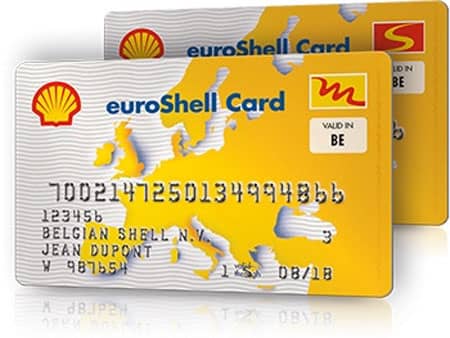
Fuel cards, loyalty programs, and discounts are offered by some gas stations, and they help car owners save money on fuel. Some of the best loyalty programs are BPMe Rewards, the Exxon Mobil Rewards™ program, Shell Fuel Rewards, and more. For fuel cards, we have the Citi Custom Cash℠ Card, the Wells Fargo Autograph℠ Card, the Blue Cash Preferred® Card from American Express Bank of America®, the Customized Cash Rewards credit card, the ExxonMobil Smart Card, etcetera.
READ ALSO: Is Kia a Good Used Car To Buy | Truth You Should Know
11. Don’t buy premium fuel
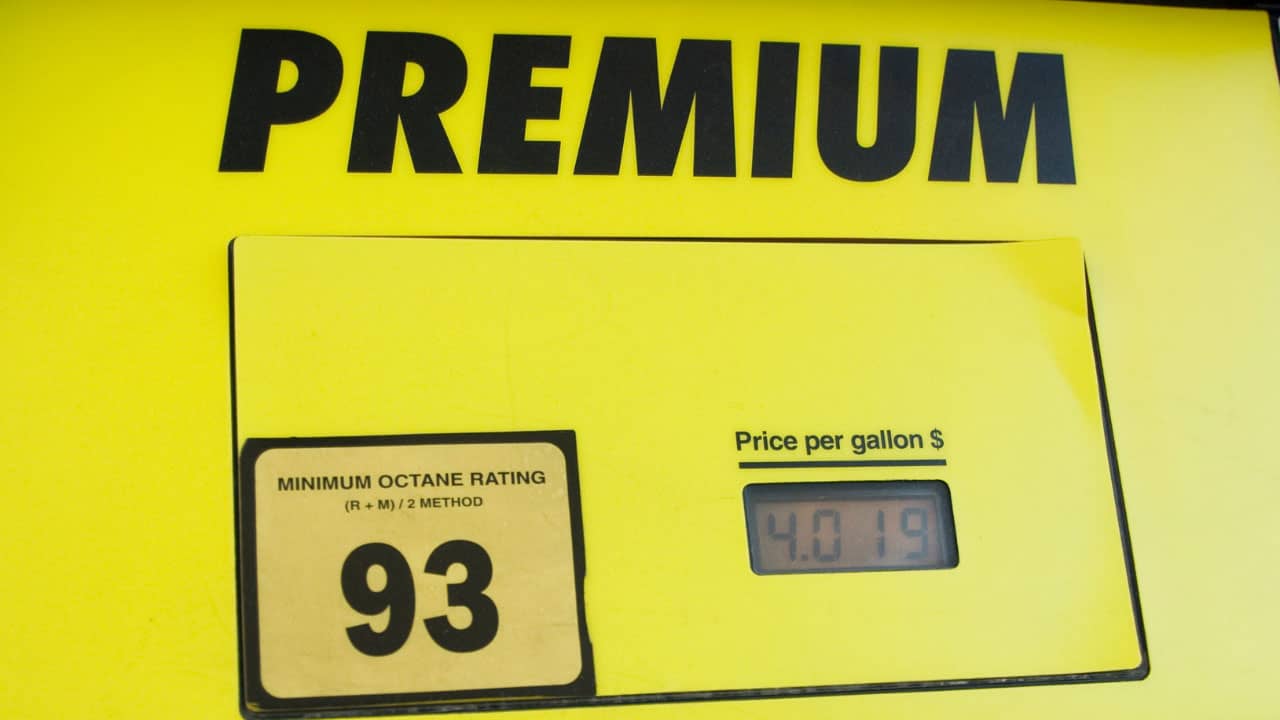
Unless your vehicle requires premium fuel, it is not recommended to buy and use premium fuel for your regular vehicle. Premium fuel used to be a better alternative to regular fuel because of the higher octane rating and its ability to increase the engine’s performance. However, regular gas has been improved and is best suited for regular vehicles. At the end of the day, premium fuel is more expensive and may not improve your vehicle’s performance.
12. Remove unnecessary weight from the vehicle
Removing unnecessary weight from a vehicle is one way to reduce fuel consumption and improve fuel efficiency. The rule is that the heavier the vehicle is, the more energy is needed to move it from place to place. Higher energy requirements mean more strain on the engine, which translates to more fuel consumption.
To prevent this, make sure that the vehicle is not moving around with unnecessary items that could increase the vehicle’s weight. According to the EPA, for every 100 pounds taken off the vehicle, fuel efficiency increases by 1-2%.
13. Don’t drive in heavy traffic or bad weather
When a vehicle is stuck in traffic or when it’s windy or raining, fuel efficiency reduces, and fuel consumption increases. When you are stuck in traffic, you are more likely to leave the vehicle idle, thereby losing a quarter to a half gallon of fuel.
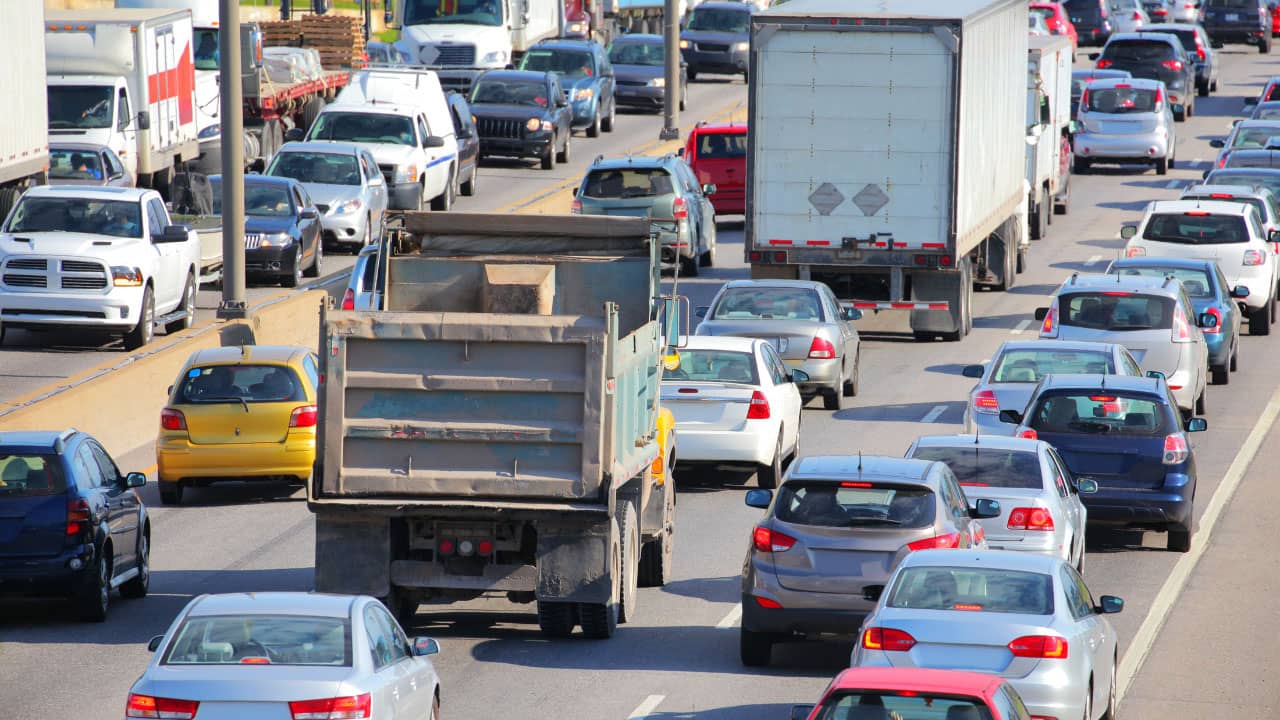
Similarly, when the weather is bad—windy, rainy, or snowy—you would need more energy to overcome the high resistance from the weather. The greater the resistance, the more energy is required to overcome it and the more fuel is consumed.
Final Words
These are just a few tips to guide car drivers who are seeking to know how to cut down on fuel costs. Follow the highlighted tips for saving money on gas and you will be fine. It is recommended that before a car purchase, a consumer be aware of the vehicle specifications and fuel efficiency, all of which can be found in a vehicle history report from Vehicles Report. With the information in a vehicle history report, car buyers are given the opportunity to make informed decisions and purchase fuel-efficient vehicles.


